JUNO – The Two Strands
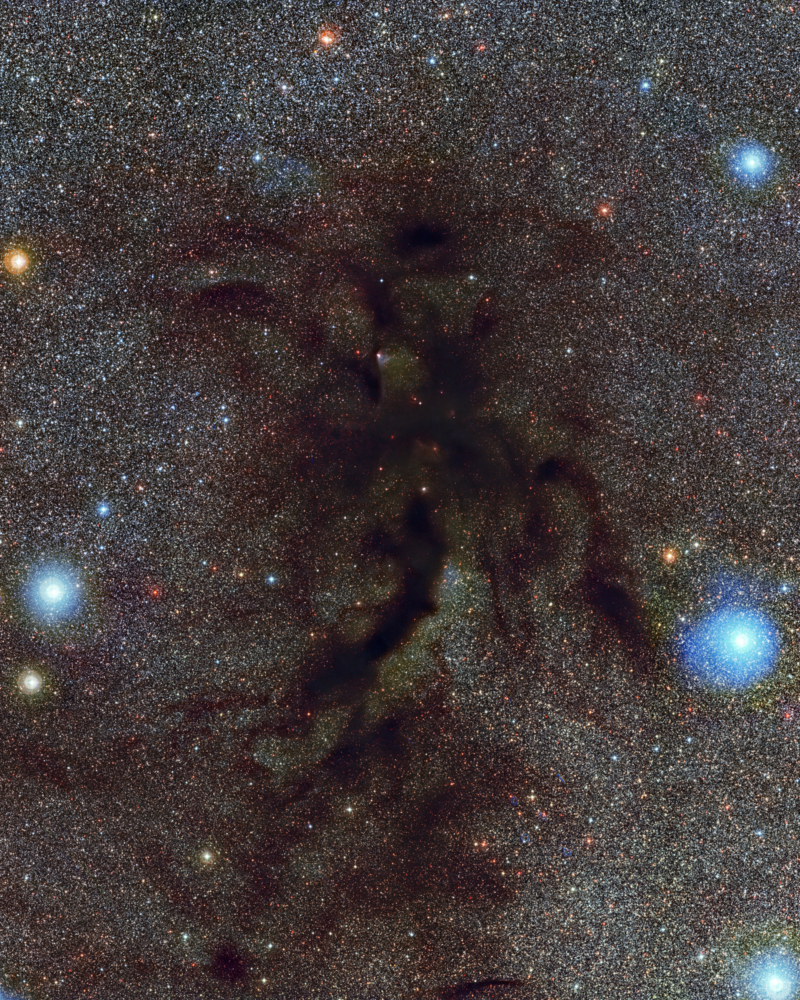
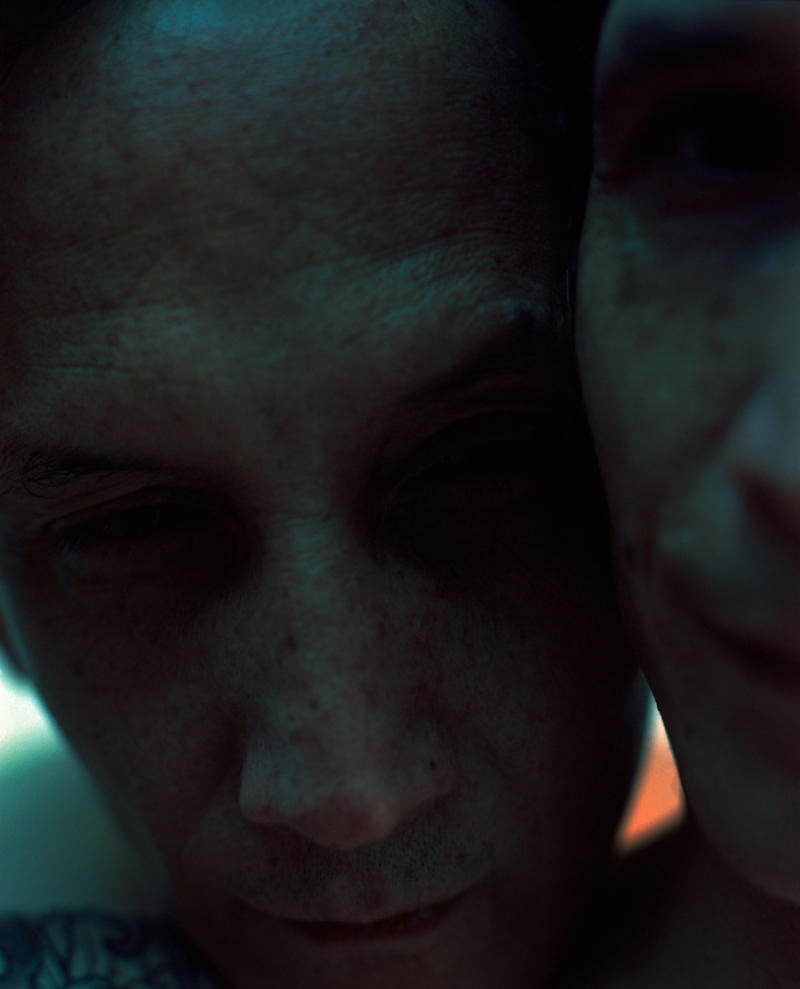
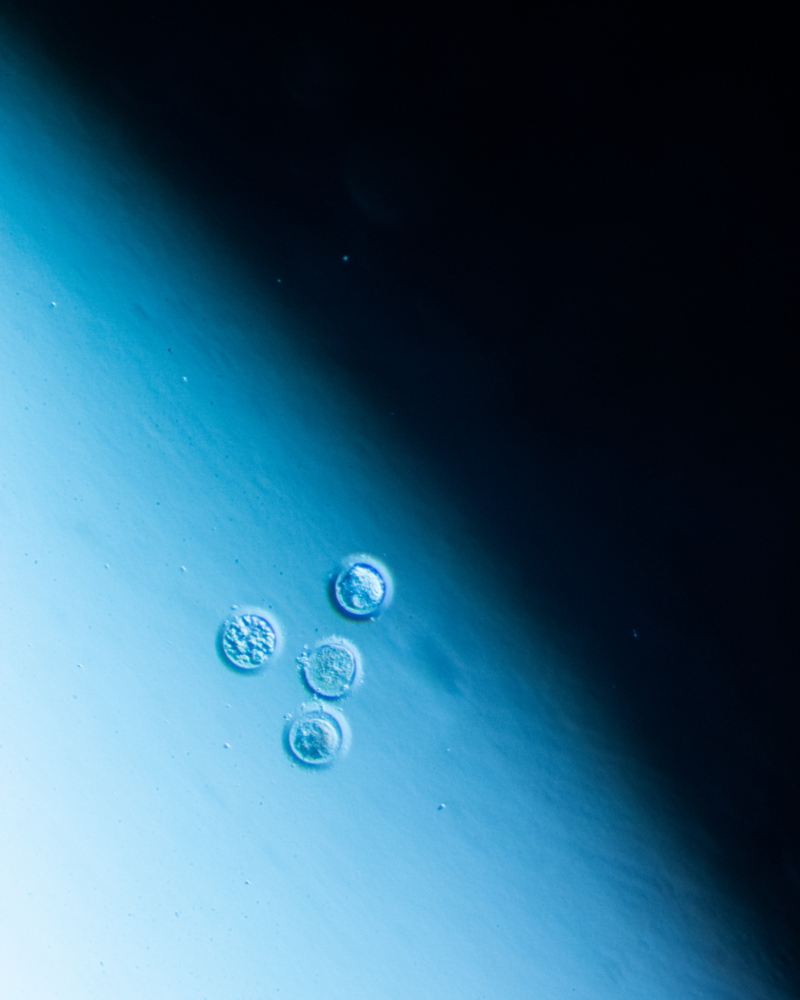
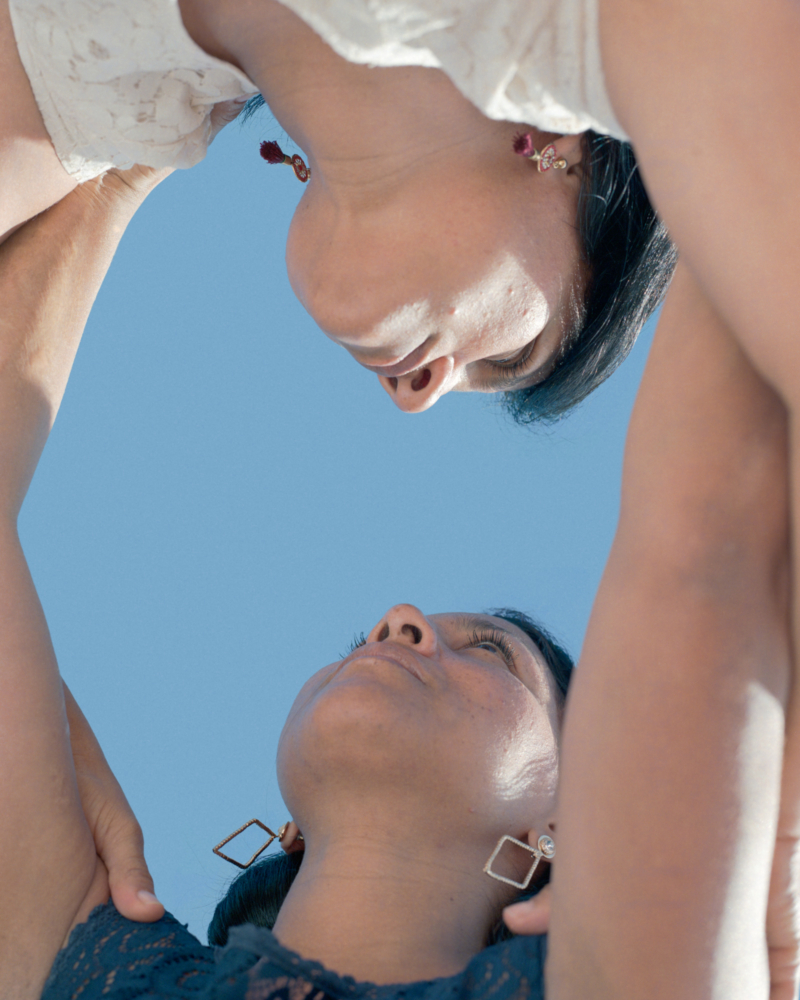
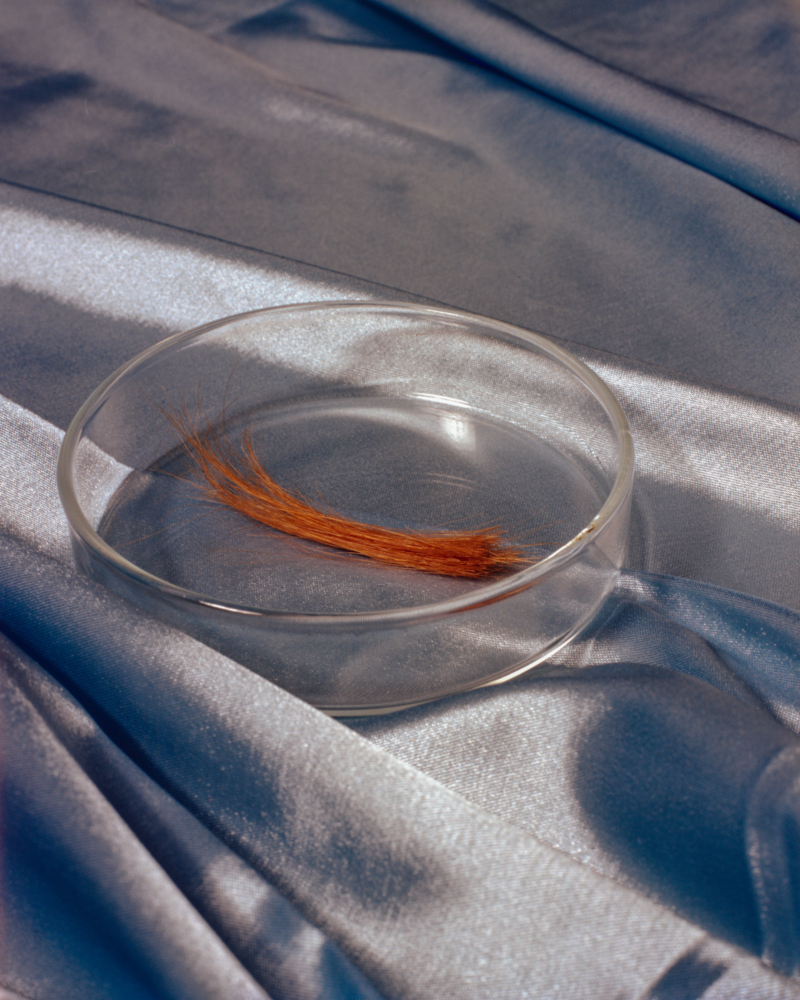
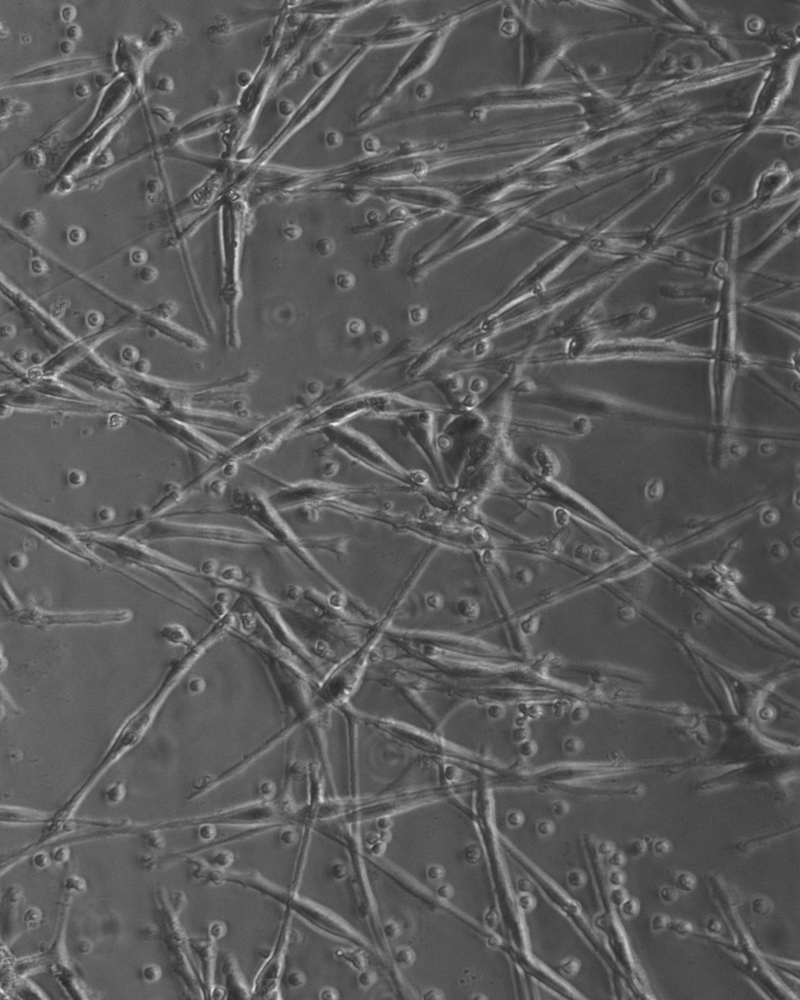
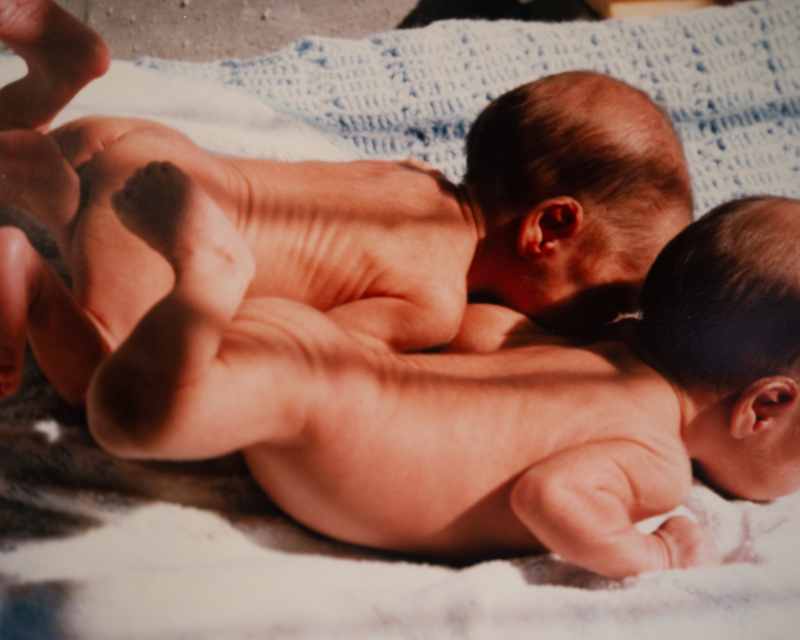

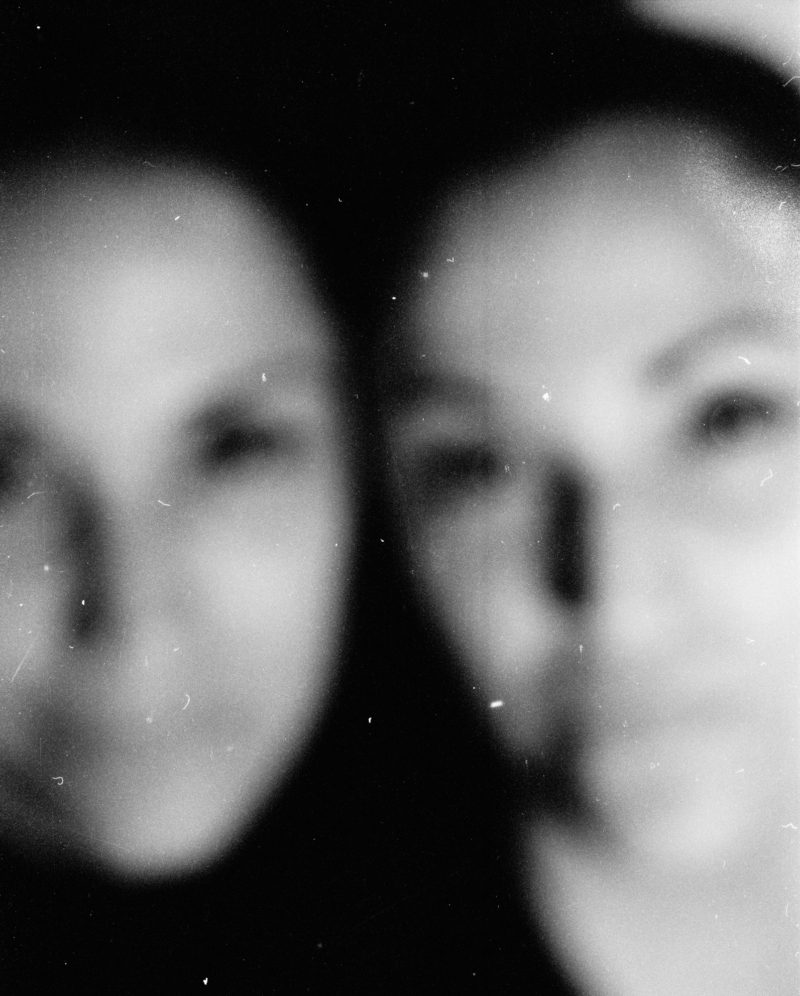
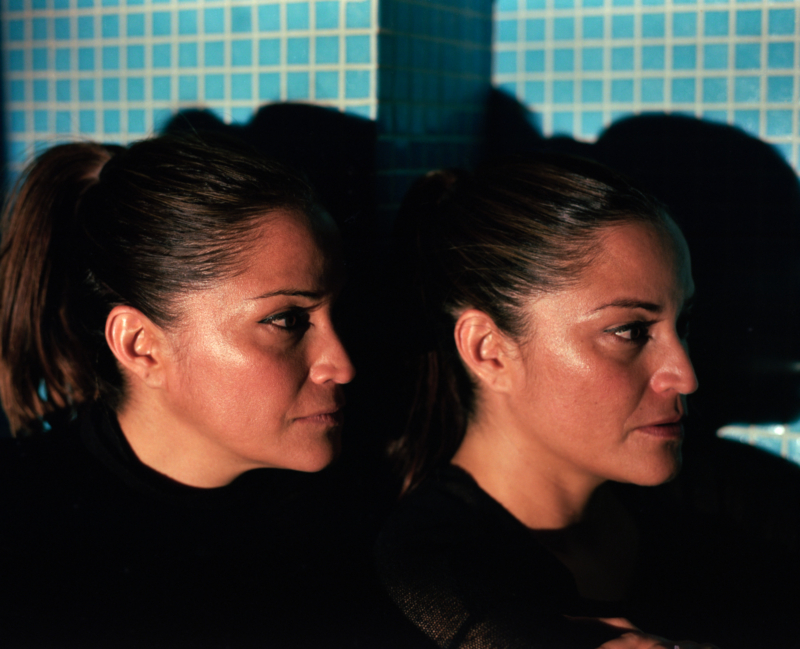
At the moment of fertilization, the egg releases chemical signals that attract the ideal spermatozoid, the most compatible, to its centre. Over the next two weeks, by some inexplicable chance, it’s possible that the fertilized egg will divide into two exactly equal zygotes, and it’s at that moment that the gestation of monozygotic twins will begin, two beings with the same DNA chain and genetic information.
The Two Strands (Las Dos Hebras) seeks to understand, through history and metaphor, the other who is me, returning to that brief moment that gives way to my origin and that of my twin. I try to understand, decipher, and imagine it.
My research has looked at the philosophy of genetics from the time of Pythagoras, when it was believed that sperm journeyed throughout the body, gathering instructions for reproduction; and Aristotle, who held that hereditary information was found not in the matter but in the message.
I investigated the lab of Rosalind Franklin, British chemist and crystallographer, her life dedicated to science, and her discoveries that went unrecognized. Rosalind worked on deciphering the codes of nature, of crystals, and of invisible structures. She was the first to see the structure of the an enigmatic molecule capable of containing hereditary information – what seemed to be the secret of life.
I traced the notes in Rosalind Franklin’s diaries, which review the power of images and how those images offer us answers. I used the answers from scientists from the second half of the Twentieth Century in regards to the nature of DNA, the molecule with 23 angstroms, as a metaphor, a bridge or a pathway in order to imagine and reflect on the nature of monozygotic twins.
DNA is made up of two interlocking chains arranged like the steps of a spiral staircase. The two strands contain the same information, except that they are in a complimentary position: each one is a reflection of the other. The most transcendental biological objects always appear in pairs.
James Dewey Watson
In The Two Strands, I combined archival images from the study of genetics, diagnostic images of my genes and those of my twin, photographs of monozygotic twins, microscopic photographs that were taken in science and fertility labs, and images with poetic symbols that, as a whole, seek to establish contact with other people, whether twins or not, who may arrive at a place to question what in this alphabet, reflexive code, or mirrored code makes us human.
Juno (Juliana Gómez Quijano) was born in Medellín, Colombia in 1985. She studied advertising at the Universidad Pontificia Bolivariana in Medellín, Colombia and completed a Masters of Independent (Indie) Photography from the School of Visual Arts (LENS) in Madrid, Spain.
